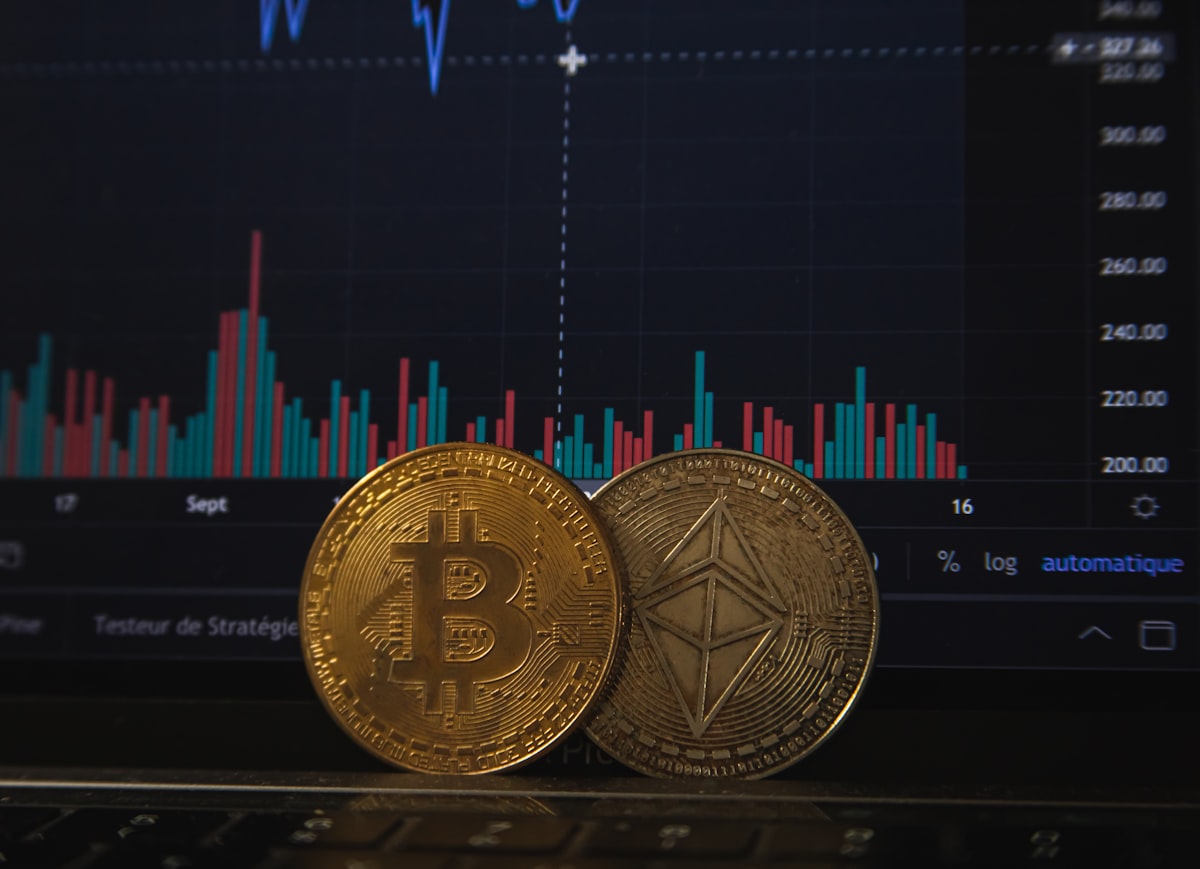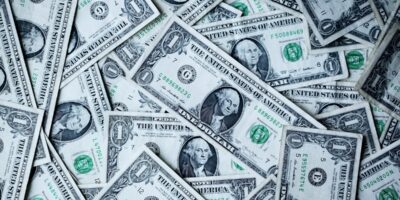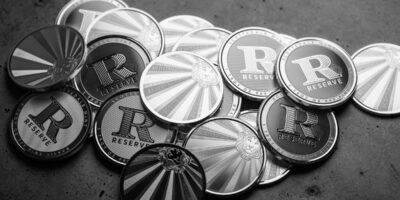Exploring the Value of the JFK Half Dollar
The John F. Kennedy Half Dollar, issued by the United States Mint, has intrigued coin collectors since its introduction in 1964. This coin was created as a tribute to the late President Kennedy following his assassination in November 1963. While initially intended as a memorial, it became a beloved collectible, sparking interest across generations.
The Inception of the JFK Half Dollar

The need for the Kennedy Half Dollar arose shortly after President Kennedy’s assassination. The public’s emotional connection to the president spurred the decision to place his image on a coin. The Franklin Half Dollar was the last half dollar produced before the Kennedy coin, and its run was cut short to accommodate the new design. Production of the JFK Half Dollar was authorized in December 1963, and it was first released in March 1964.
Design and Production
The coin’s obverse features a portrait of Kennedy, designed by Gilroy Roberts, while the reverse was created by Frank Gasparro, featuring the presidential seal. The original issues from 1964 were composed of 90% silver and 10% copper, following the composition of earlier half dollars. These first production runs rapidly disappeared from circulation as people hoarded them, valuing them as keepsakes rather than currency.
In 1965, the silver content was reduced to 40%, reflecting changes in American coinage at the time. The Coinage Act of 1965 shifted most U.S. coins from silver to clad, maintaining the silver content only in half dollars to a degree. The 1965-1970 Kennedy Half Dollars possess this reduced composition, which slightly differs from their initial production run.
The Collectible Factor
Coins from the 1964 production year generally command a higher premium due to their higher silver content. While circulated examples may hold primarily bullion value, uncirculated and proof sets are often prized by collectors for their condition and historical significance. Silver melts and changes in market demand can influence their prices dramatically.
Understanding Market Value
The market value of JFK Half Dollars varies based on several factors. Chief among them is the coin’s year, condition, and mint mark. Coins minted in San Francisco with proof and uncirculated conditions typically fetch higher prices among collectors. The ‘S’ mint mark, along with unique issues like special mint sets, adds desirability.
The value also depends on numismatic factors. Numismatists assess coins based on rarity and demand. Errors and variations during minting can greatly increase a coin’s value. Examples include doubled dies or coins with unique characteristics not found in regular issues.
Grading and Condition
A coin’s grade significantly influences its value. Grading determines the coin’s condition based on factors like luster, strike quality, and visible wear. Professional grading services such as PCGS and NGC provide certifications which assure buyers of authenticity and grade. A collector looking to sell or buy should consider a coin’s grade, as higher-grade coins typically reach higher auction prices.
A common JFK Half Dollar in low-grade condition may only be worth its silver content. However, coins in higher Mint State (MS) grades, especially those from the 1960s, hold substantial numismatic value. Well-preserved proofs or coins within sealed proof sets maintain their appeal and usually house higher values in the collectible market.
Checking For Special Varieties
Collectors often search for special varieties such as the 1970-D or any errors from the 1960s proofs. The 1970-D Kennedy Half Dollar was only available in mint sets, making it one of the rarest circulation issues. Recognized varieties like the 1964 accented hair or errors, featuring unique die markings, can attract significant interest.
Expert Tips for Collectors
- Research extensively before purchasing to determine fair prices.
- Seek professional grading for valuable coins to affirm authenticity.
- Be aware of market fluctuations, especially with silver spot prices.
- Join coin collecting forums and networks to glean insights from experienced peers.
The Impact of Silver Prices
The silver content of JFK Half Dollars plays a significant role in their ongoing value. Fluctuations in silver market prices can impact a coin’s base value. Even circulated coins from 1964 can experience price variations based on the current silver market. Investors often monitor these shifts when considering the sale or purchase of silver-rich coins.
Acquiring and Holding JFK Half Dollars
Collectors can acquire JFK Half Dollars through several avenues. Local coin shops, online auctions, and coin shows are commonplace options. Additionally, auction houses regularly feature rarer examples for serious collectors. Maintaining a diversified collection that includes various mint years and grades can make for both an interesting hobby and a stable investment, as sliding silver prices won’t always affect numismatic value.
For newcomers, starting with accessible and readily available editions is prudent. As collections grow, finding those elusive high-grade specimens or special issues can become the focus. This gradual method of collecting helps build a robust understanding of both market trends and historical context.
The Future of JFK Half Dollar Collecting
The Kennedy Half Dollar remains a fixture in American coin collecting. Despite reduced prominence in everyday transactions, its historical origin and ongoing minting keep it relevant. Collectors should remain attuned to mint announcements, as special issues or commemorations can occasionally resurface, offering new avenues for collection expansion.
“`




Subscribe for Updates
Get the latest articles delivered to your inbox.
We respect your privacy. Unsubscribe anytime.